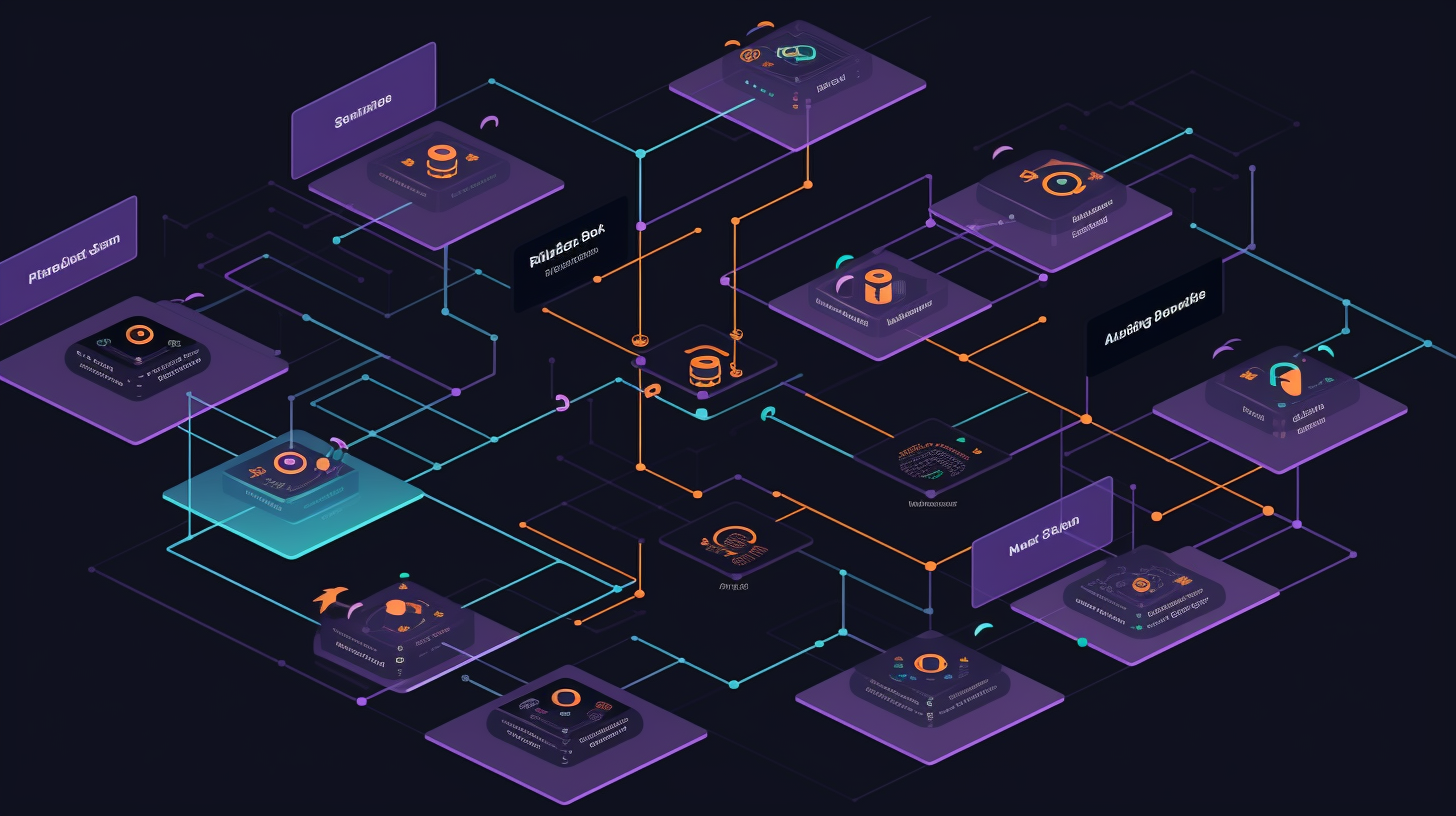Demystifying High-Performing and Scalable Network Architectures in AWS

Folks, grip your hats tightly because we're about to jump headfirst into this journey, and it's more than your average stroll in the park. We're delving into the nitty-gritty world of network architectures in Amazon Web Services (AWS)—indeed, the pulsating heart and soul of the cloud! Now, for those of you gearing up for the AWS Certified Solutions Architect (SAA-C03) exam, take heed. Mastering the concept of determining high-performing and scalable network architectures is no game of tic-tac-toe. But fear not, because we're about to dive deep into this topic, dissecting its complexities with a finesse that'd make even a brain surgeon jealous.
Straight Outta the Textbook
In academic circles, to become a proficient AWS Solutions Architect, you must understand the fundamental principles of scalability and high-performance. The network's capacity to manage an increased load without compromising performance or functionality defines scalability. Contrarily, high-performance relates to how swiftly and effectively a network can process a hefty amount of data.
AWS provides an array of tools and services, including Amazon Virtual Private Cloud (VPC), Elastic Load Balancing (ELB), Auto Scaling, Amazon Route 53, and AWS Direct Connect, to create scalable and high-performing network architectures. Each one of these services contributes actively to enhancing network efficiency. Amazon VPC, for instance, provides a logically isolated section of the AWS cloud where you can launch AWS resources in a defined virtual network. ELB automatically distributes incoming application traffic across multiple instances offering high availability and fault tolerance. Meanwhile, Auto Scaling ensures that you have the correct number of Amazon EC2 instances available to handle the load for your applications. AWS Direct Connect facilitates a dedicated network connection from your premises to AWS, circumventing the public Internet and guaranteeing a more consistent network experience.
Numbers Don't Lie
Now, let's talk turkey. In this wild, wild world of the web where data is king, statistics speak volumes. A recent industry survey by Flexera reported that 76% of enterprises have a multicloud strategy, with AWS being their provider of choice—a clear testament to the popularity of AWS's networking services. Zooming in on the SAA-C03 certification exam, a staggering 62% of the exam syllabus focuses on designing resilient architectures and defining performant architectures. This ain't no small potatoes, my friends. In fact, according to a study by Global Knowledge, AWS-certified IT staff are earning an average salary of $129,868. Yes, you heard it right folks, we're discussing a dazzling six-figure salary here!
To add to that, according to a 2020 report by Intricately, AWS serves over 2 million businesses and organizations worldwide, a number that grows as we speak. This astronomical adoption rate doesn't just appear out of thin air. It's a direct reflection of AWS's robustness and versatility in handling varying customer requirements in terms of scalability and performance. In essence, high-performing and scalable network architectures aren't just fancy tech jargon. They are the lifeblood that fuels the success of countless businesses and organizations worldwide, and the driving force earning those in the know a pretty penny.
So, to all you aspiring AWS Solutions Architects out there, chin up and dive deep. After all, a little elbow grease now will lead to an ocean of rewards later. Good luck, you're gonna knock it out of the park!